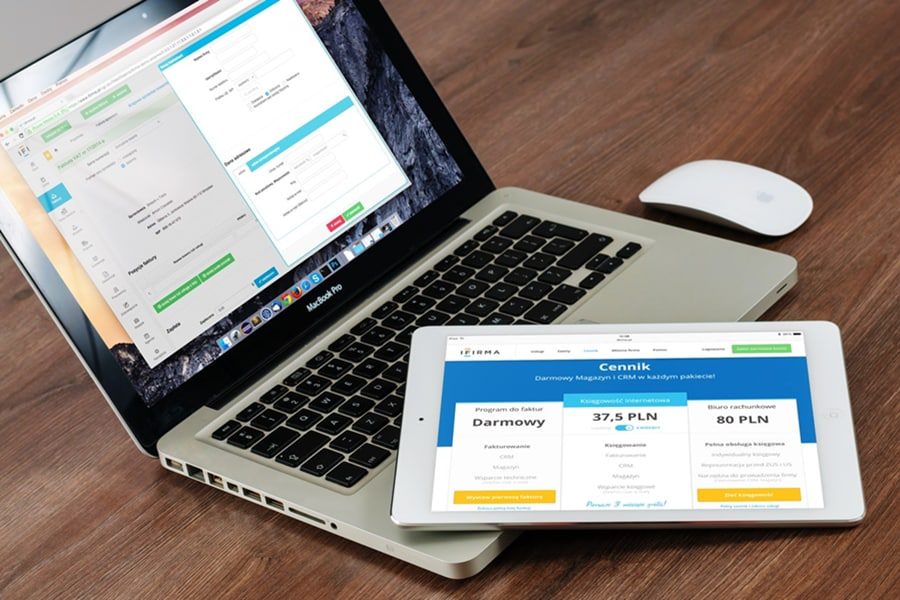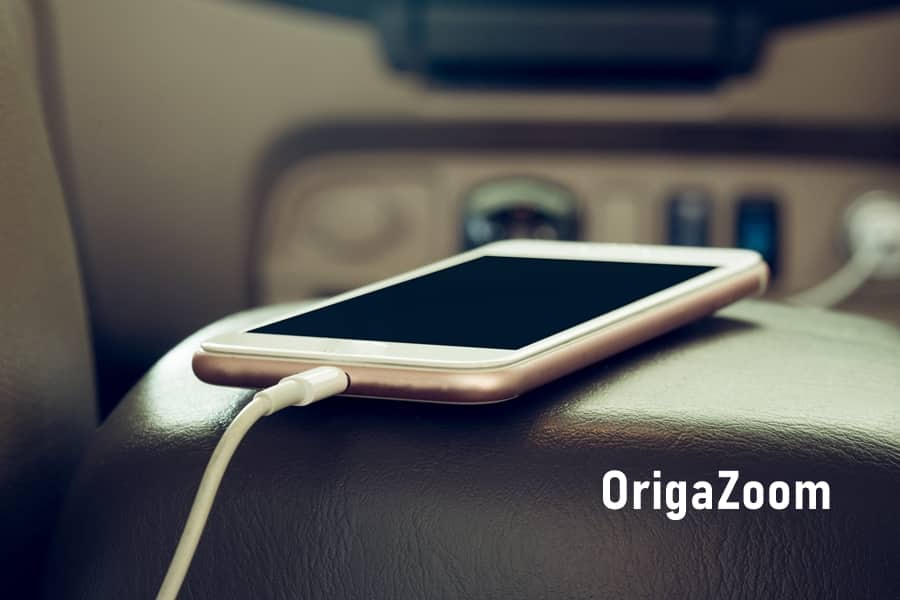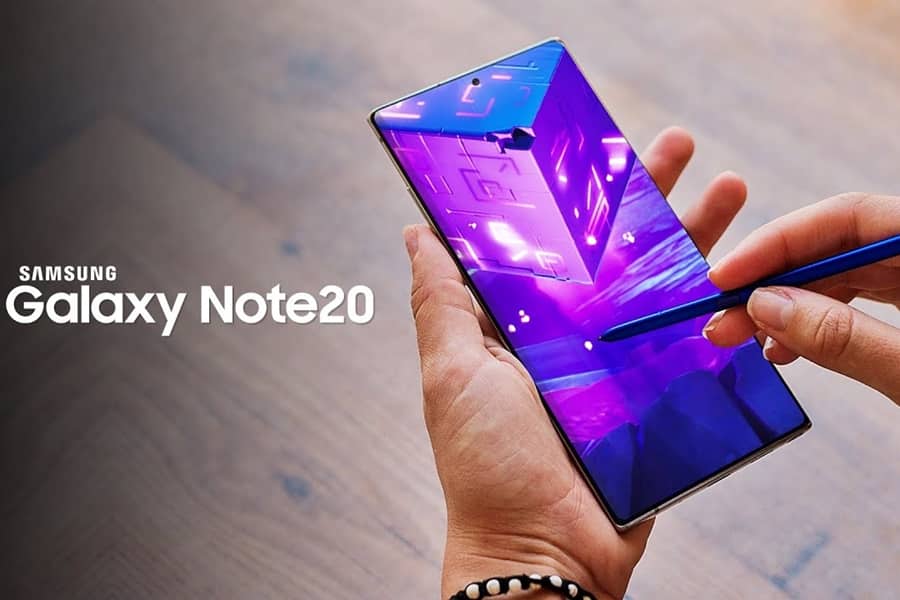It is unnecessary to free up an entire room to arrange a photoshoot at home, buy expensive equipment and spend the evening trying to figure out the varieties of softboxes and reflectors. It is enough to have a light source, some free space, and a smartphone.
Lighting for Photoshoot at Home
It is the main thing in any photography and the first thing to think about – light influences the choice of location, equipment, angle, etc. The easiest option for home photography is natural light from a window.
For example, if cloudy weather is suitable for a portrait, the light will be diffused, and the contrast will not be so noticeable – the photo will turn out to be soft and without sharp corners. If there is a dark wall against the background, the portrait will be more contrasting and expressive. A light background will have the opposite effect.
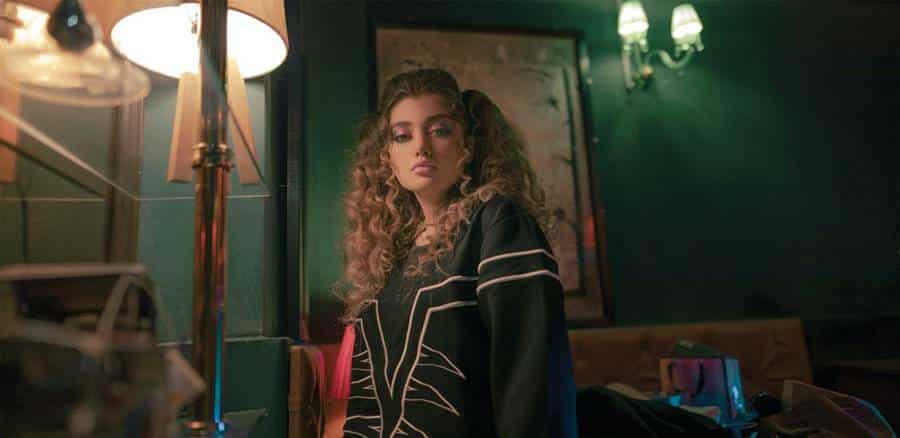
But the sun at noon will make shadows from objects hard, highlights – bright, accentuate skin imperfections and wrinkles, add bruises under the eyes.
Even if the windows are up to the floor in the apartment, it is better to use additional light sources – this way, the model will not merge with the wallpaper, and half of her face will not be in the shade. Usually, they additionally use lamps that either burn constantly or light up like flashes.
A floor lamp or table lamp is suitable as a source of constant light, the light of which can be directed.
It is essential to take into account that the camera sees the light differently than a person: for the eye, the light from a blue lamp in the office and a yellow street lamp is equally white, while the camera sees blue as blue and yellow as yellow.
Therefore, the photographer’s task is to set the light so that it would be approximately the same for the camera both from the street and from the lamps in the room. Usually, on the packaging for the light bulb, they write what kind of light it gives – you need it closer to white.
If you can’t use natural light, you can go the opposite way – find the darkest place in the house and use only lamps. There must be no other light sources there. But for this option, more lamps are needed. They are usually placed on either side of the subject to avoid unnecessary shadows.
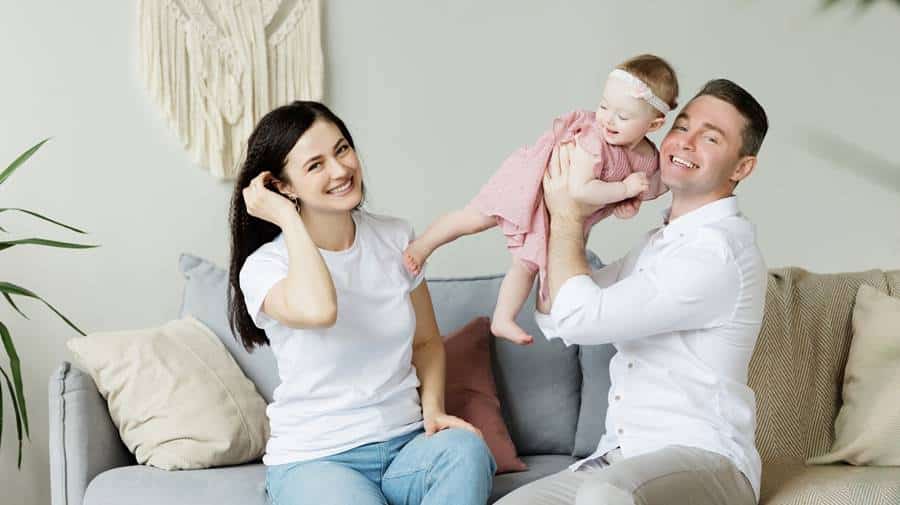
To prevent the light from being harsh and directed at one point, photographers use rectangular structures on a stand with a stretched fabric that scatters the light – a softbox.
A simple softbox can be bought for around $70-75 online at Amazon, and a set of constant lights with lamps will cost at least $150.
In addition to softboxes, such as umbrellas in silver, white, or gold. You may get 3 umbrella kits for $39 in Silver, White, and Gold on Amazon – Product Link
The equipment can be made independently: you need a rigid frame covered with foil from the inside and any translucent fabric – for example, tulle. But it should be borne in mind that such a design will warm up.
The larger the softbox, the softer the light will appear in the photo. If there is a window, one or two softboxes are enough.
The most affordable way to increase the amount of light is to use a reflector. It is a screen made of a frame and a stretched reflective surface, which redirects light to the subject of the shooting, “highlighting” dark places.
Reflectors vary in size and color – for example, gold will give a warmer hue, and silver will produce cooler tones. A simple reflector with a diameter of 60 cm will cost $12.99 (Product Link). But it’s easy to find a replacement at home: a sheet of paper, foil and even a sheet will do.
In addition to diffuse light, the studio also needs hard, directional light – you can get it using lamp attachments. The subject will not blend in with the background by using this light, and the photographer can also get harsh shadows for a dramatic portrait.
A simple reflector will cost $35-50, but it is easy to make it yourself – a cone made of thick paper, pasted over with foil from the inside, mounted on a lamp, will do.
Interior and Decorations for Photoshoot at Home
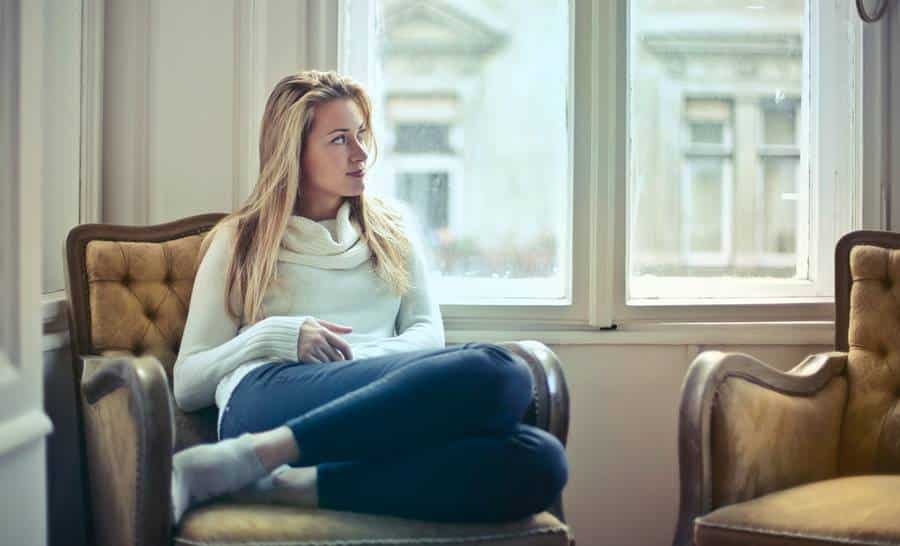
You can use an ordinary white or dark background for shooting, but the interior with some details will look more attractive.
For example, you can hang colored garlands – when the background is blurred, the lights will be indistinct and take on a soft round shape, like in photographs from Christmas markets. However, you should not overload the background and hang up all the photos and paintings in the apartment – they will distract attention from the model.
Do not forget to put a chair or a small armchair – this will give the hero more opportunities to pose, and when shooting a group of people, everyone can fit into the frame without standing in a line, as if in school photographs.
For New Year’s shooting, a traditional attribute is a decorated Christmas tree, which can also become a good background, and the gifts under it – props for the characters. The use of small, dull objects will liven up the frame, and the characters will allow relaxing and get distracted from the camera and flashes.
What Else is Useful for Photoshoot at Home?
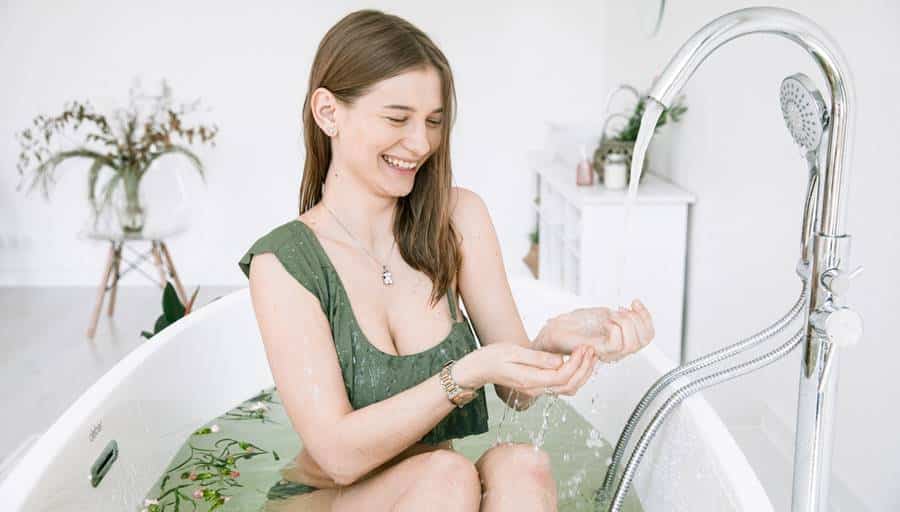
Additional devices will help facilitate the process and experiment with shooting modes. One of them is a tripod, which allows you to avoid blurry shots and obstructing the horizon.
The tripod must be heavy, stable, and adjustable in height. Instead of a three-legged tripod, you can take a monopod, which has only one leg. Handheld monopods are often used for selfies and action cameras. Handy tools will also work – for example; you can put a camera or smartphone on a table or other support.
You may also like to read: What Is the Best Tripod for Nikon Camera of 2020?
If the photographer uses flash units, he will need a synchronizer so that the lamp lights up simultaneously as the camera shutter. Synchronizers differ in their mode of operation and are infrared, wired, and radio.
Usually, the photographer chooses it according to the type of camera, but there are devices for smartphones that work both as a synchronizer and as a compact flash.
To measure light on a smartphone, they use Light Meter applications – there are dozens of options on Google Play. Cameras have built-in exposure meters for this, but it is better to use an external one – it will be more accurate.
Camera Settings for Photoshoot at Home
The simple answer to setting up the camera is trial and error since different settings will be required for different lighting, a model position, and tasks – three values to remember: aperture, shutter speed, and ISO.
The diaphragm controls the amount of light entering the camera. It is denoted by the letter F and a number – the larger it is, the smaller the aperture opening is, and the less light enters. For example, F/3.2 is a wide aperture.
When the aperture is open, it will be possible to shoot a portrait with a blurred background, and when the aperture is closed, all objects will be sharp.
On a smartphone, instead of aperture, there is a Focus setting. But the easiest way to blur the background is to use the portrait mode.
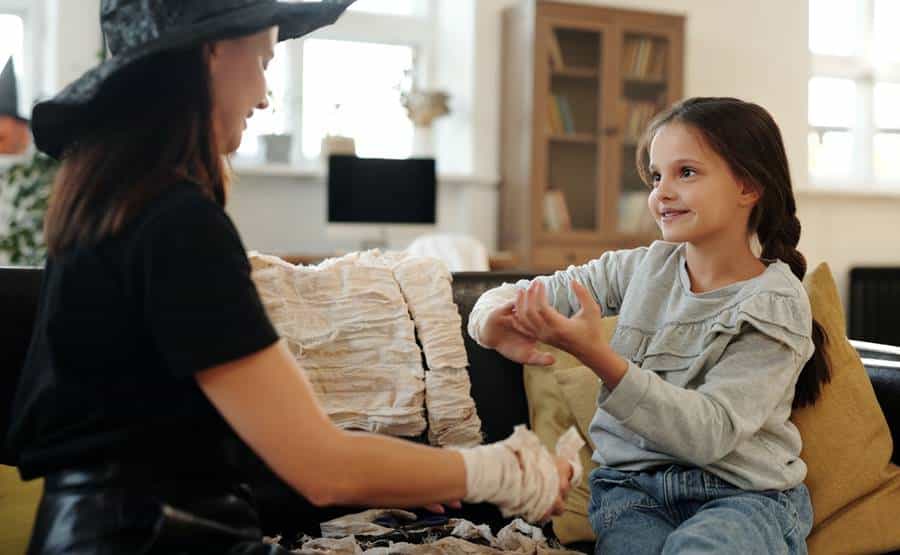
Exposure also affects how much light hits the camera. A slow shutter speed (from 1/30 and below) can “blur” objects; a short one (from 1/500 and above) allows you to freeze motion and is useful when there is not enough light. For a studio portrait, an average value such as 1/200 is acceptable.
The ISO value indicates the level of sensitivity of the camera to light. When there is a lack of light or slow shutter speeds, the ISO is raised to prevent the pictures from being dark or out of focus. But too high values can spoil the quality of the photo.
It is not necessary to have a camera for a photo session. The new Honor V30 Pro with a triple rear camera is equipped with a special night mode, thanks to which you can take high-quality pictures even in low light. Its AI-enabled technologies accurately recognize objects, facial features, shadows and apply the optimal algorithm for image processing.
The primary lens of the camera, due to the high resolution of 48 MP, allows you to zoom in on distant objects without losing quality. And the ultra-wide-angle lens is suitable for shooting landscapes, interiors, and large groups of people, as well as for explicit photos with unusual proportions.
